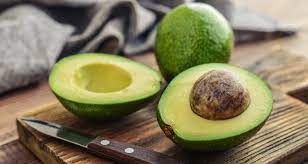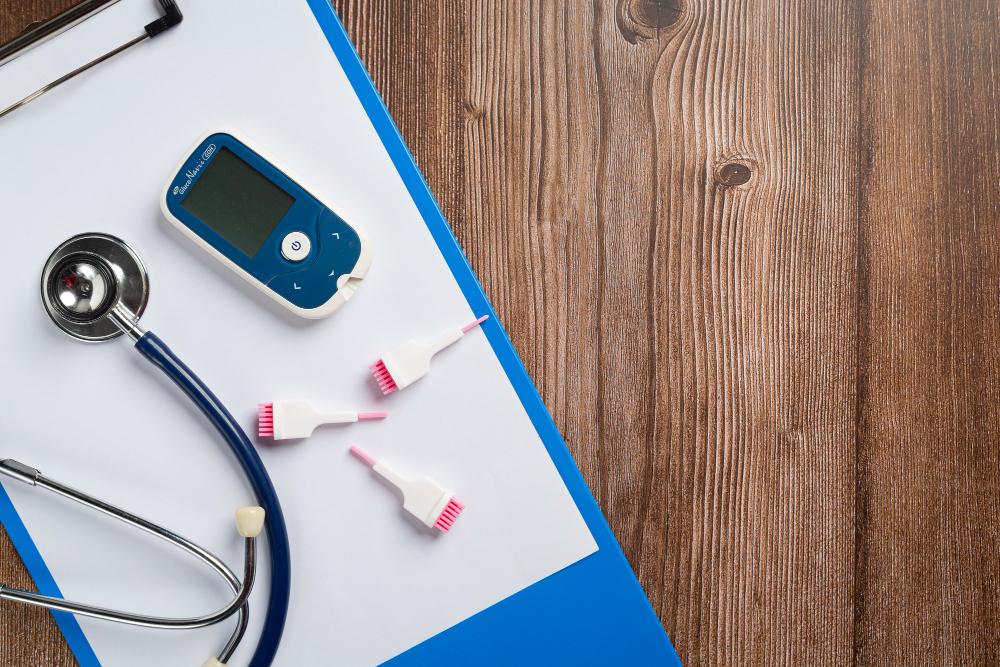
Diabetes Mellitus – HyperGlycemia, Causes, Symptoms, Diagnosis and Treatment
What is Diabetes Mellitus ?
Diabetes Mellitus is a group of metabolic disorder that caused by high amount of glucose present in the human blood for a prolonged time. Glucose is viral part of human life, almost 90% of the food we eat everyday has glucose but the glucose is the main cause of hyper glycemia (Diabetes Meletus). Not like other nutrients such as protein and fat, glucose gives instant energy to the human body. Each molecule of glucose can give 4 Kcal of energy to the human body. When we intake food, the carbohydrate in the food will break down to glucose and glucose will transfer to the bloodstream via villi in the intestine after digestion. As soon as blood gets the glucose, blood should be either demolish glucose to energy or should be stored in the human body in the name of glycogen with the help of Insulin hormone. If there is any interruption in energy conversation or storage function, then the glucose won’t let go out from blood, glucose will stay in bloodstream for a prolonged time. This condition is called hyperglycaemia (Diabetes Mellitus).
The main cause for hyperglycaemia or diabetes mellitus is the lack of insulin in our body. Any amount of glucose we intake, if we have a healthy body with the normal insulin level then the body will automatically control blood glucose level to the normal level with in a span of time. If there is any absence or shortage of insulin level will lead to diabetes.
What is insulin ?
Insulin is a hormone which produce by beta cells of pancreas which helps body to store glucose in the muscles and also it helps body to convert glucose to energy by entering glucose to the cell. If there is any shortage or absence of insulin in our body, our body will not control glucose from blood stream then the glucose level in blood remains high for a long time which leads to diabetes.
These are some causes of insulin deficiency.
- Any damage in pancreases
- Heavy smoking and Alcohol in take
- Usage of Drugs will damage pancreases
- Improper growth of pancreas
- Infections such as viral and bacterial infections.
- Insulin resistance
- Genetics or family history
- Pregnancy
- Obesity
- Lack of exercise
Types of Diabetes Mellitus :
Type 1 Diabetes:
The other name of type 1 diabetes is insulin dependent diabetes or juvenile diabetes mellitus. It is a chronic condition in which the pancreas is incapable of producing enough insulin or no production of insulin.
Cause of Type 1 Diabetes:
The exact cause of type 1 diabetes mellitus is unknown though, Genetics and viruses may be the known of cause type 1 diabetes in childhood and adolescence.
Treatment:
There is no permanent cure for type 1 diabetes. The person with type 1 diabetes may control blood glucose level to normal level with Insulin intake by mouth or by IV and It can be prevented by Proper exercise, diet and good life style.
Type 2 Diabetes:
Type 2 diabetes also known as Insulin resistance diabetes mellitus. It is a most common type of diabetes, around 95% of all diabetes patients have type 2 diabetes. It is a chronic condition in which the pancreas is not able to produce enough insulin or your cell become resistance to the insulin so body cells don’t respond to the action of insulin.
Cause of Type 1 Diabetes:
Type 2 diabetes usually occurs in middle aged and older people. The exact cause of the type 2 diabetes is unknown but genetics, age, overweight or obesity and environmental factors may play the major role in type 2 diabetes mellitus.
Treatment:
No permanent cure for type 2 diabetes. Daily insulin intake by mouth or Intravenous can control glucose level but you can prevent type 2 diabetes by regular exercise, proper diet, weight loss, health lifestyle and regular blood sugar monitoring may prevent Type 2 diabetes.
Gestational Diabetes:
This type of diabetes occurs during pregnancy. During pregnancy, mother body produce certain hormone for the baby’s growth, this hormone makes the cells more resistance to insulin.
The main cause of gestational diabetes is pregnancy. This type of diabetes can be treated with insulin intake, Weight loss, regular exercise and proper diet plan. Gestational diabetes may disappear after the labour.
Symptoms of Diabetes Mellitus
Diabetes symptoms may vary from person to person.
Most common symptoms are:
- Polydipsia – Excess intake of water due to excessive thirst.
- Polyurea – Human body produce high volume of urine due to excess intake of water.
- Polyphagia – Excessive intake of food due to increased appetite.
Other common symptoms are below
- Hunger and Fatigue
- Dry Mouth
- Frequent Urination
- Excessive Thirst
- Excessive Hunger
- Itchy Skin
- Blurred Vision
- Numbness In Arm and Fingers
- Weight Loss
- Nausea and Vomiting
- Nervousness and Anxious
- Pale Skin
- PCOD – Polycystic Ovarian Disease
Diagnosis:
Glucose can be diagnosed by different testing procedure. Oral Glucose Tolerance Test is the most common test procedure to check whether person is diabetic or not.
Different diagnosis method for diabetes
- Random Blood Glucose Test: A blood sample may take at a random time. The test can be carried out any time, Glucose level of 200mg/dl is the indication of highest level of diabetes.
- Fasting Blood Sugar Test: Before carry out this test, the patient should be advised to keep fasting over night and the test should be taken in the morning without eating anything from over night to the time the blood sample is taken. The normal level of fating glucose test is 100 mg/dL, 100 mg/dL to 125 mg/dL is the indication of prediabetes and Higher than 126 mg/dL is the confirmation that you have diabetes.
- Oral Glucose Tolerance Test: Patient will be advised to keep fasting overnight. The first blood sample will be taken after overnight fasting and the patient will be advised to drink liquid glucose or any sugary drink then the blood sample will be taken every half an hour periodically for the next 2 hours.
Oral Glucose Tolerance Test readings are below:
- Normal level: Less than 140 mg/dL
- Prediabetic: 140 to 199 mg/dL
- Diabetic: 200 mg/dL or above
Conclusion – Prevention is better than cure
Diabetes has no permanent cure. The only option is to control blood glucose level is to take insulin in the form of tablet or injection. All though we can prevent diabetes by doing regular exercise, diet plan, weight loss, avoid too much fat and sugar intake, regular insulin check-up and the healthy life style.
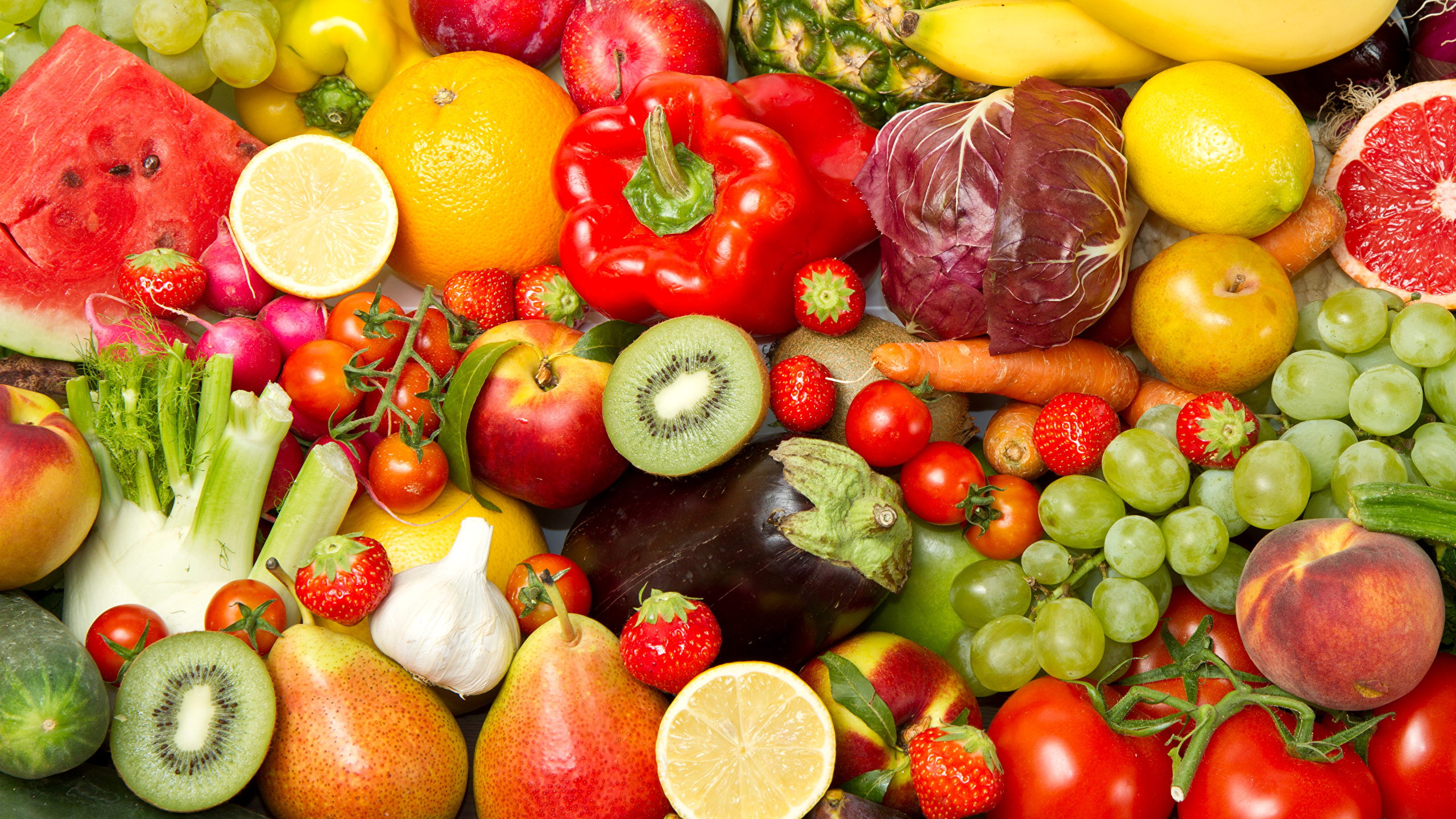
8 Best Fruits That Are Good for Controlling Diabetes
Diabetes is a group of diseases that result in too much sugar in the blood(high blood glucose). a person having these diseases called diabetics. The main cause of diabetes is
1. Pancreas not producing enough insulin to the body
2. The cells of the body not responding properly to the insulin produced by the body.
There are the 8 most common fruits that controlling diabetes are:-
1. Apples
Polyphenols are found in the skin of Apple which is helpful to improve the body’s ability to utilize insulin effectively. This helps your cells absorb sugar and provide energy and regularly eating apples may reduce insulin resistance, leading to lower blood sugar levels.
A medium-sized apple contains 0.3 grams of fat, 95 calories, 4.4 grams of fiber, 0.4 grams of proteins, 25 grams of carbs. And also it is a good source of vitamins, apple provides 14% of your daily recommended vitamin c intake. It is cholesterol-free, fat-free, and sodium-free. Apples having a low glycemic index(GI) and glycemic load(GL) of about 32 and 4.7 respectively. which causes a minimal rise in blood sugar levels that’s why Apple is one of the best diabetes-friendly fruit.

2. Bananas
Bananas having much potassium. a medium-sized banana contains 9% of the RDI. Banana can help lower blood pressure. Banana has a low glycemic index(GI) . A medium-sized banana contains 1mg of, having 0 cholesterol. It is low in calories having 105 calories. It also contains 422 milligrams of potassium, 3.1 grams of fiber, and It contains fiber which helps to slow the digestion of carbohydrates and plays an important role in maintaining a normal gut environment, metabolism, and decreasing cholesterol. That’s why the banana plays important role in controlling diabetes.
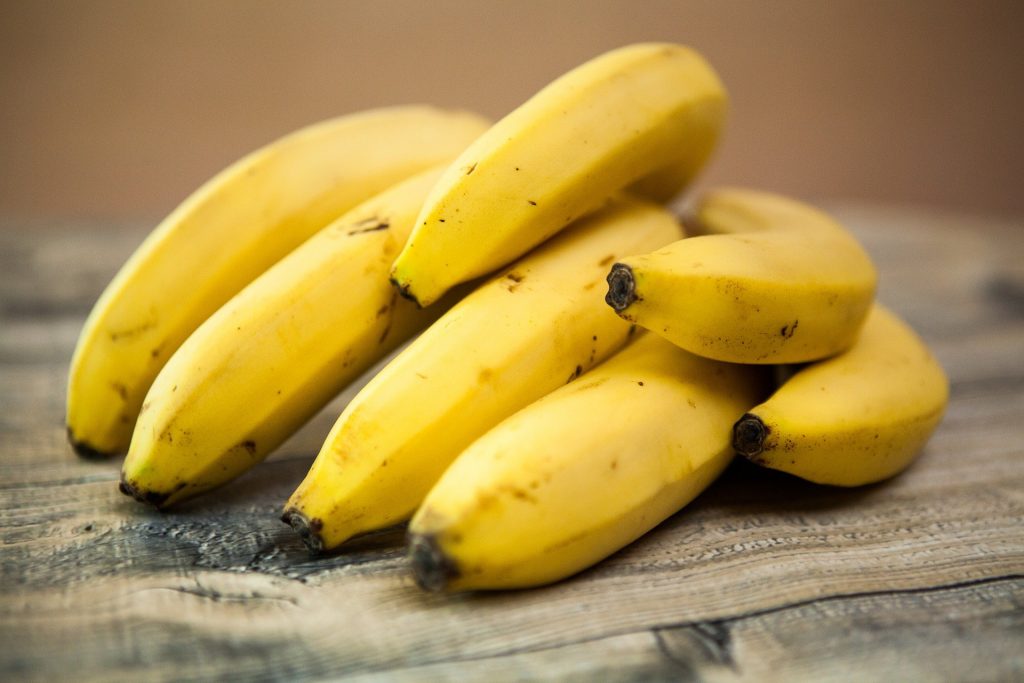
3. Pears
Red-skinned pears have carotenoids which reduce the danger of cancer and eye disease. Antioxidants, vitamins, and minerals are found in pears. Pears contain a low glycemic index(GI) and glycemic load(GL) of approx 30 and 7 respectively. A medium-sized pear having. It contains 101 calories, 27 grams of carbohydrates, 5.5 grams of fiber where 71% is insoluble and the remaining is soluble, 206 mg of potassium, 7.5 grams of vitamin C. Pears have many health benefits because it is rich in vitamin and nutrient.it has fighting inflammation, serving as an antihyperglycemic and it is helping with digestion. so that pears are helpful for diabetics.
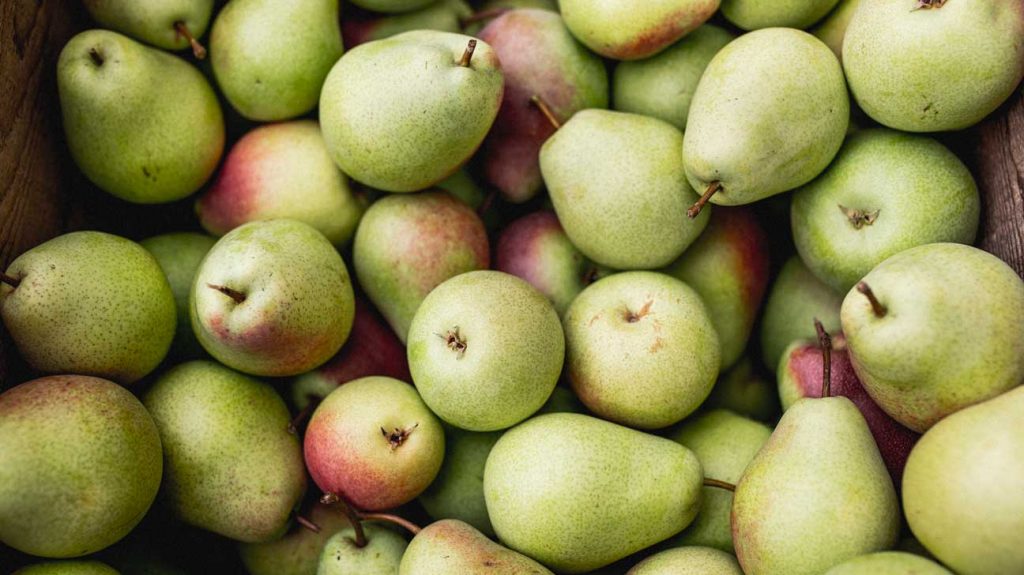
4. Grapes
A study is held by the British Medical Journal in 2013 and found that grapes are helpful with a lower risk of developing type 2 diabetes. Grapes having some important nutrients and powerful plant compounds which is helpful for health. Grapes have a low glycemic index (GI)59 and do not raise blood sugar levels and they contain sugar.
.One cup (151 grams) of grapes having they contain 104 calories, 27.3 grams of carbs, 1.1 grams of protein, 0.2 grams of fat, 1.4 grams of fiber, 27% of the vitamin C of RDI, 8% of the potassium of the RDI.Grapes have also vitamin C, beta carotene, quercetin, lutein, and ellagic acid which are powerful antioxidants. These qualities of grapes help diabetics to recover from diabetes.

5. Oranges
The cultivation of oranges has started in eastern Asia thousands of years ago. Oranges are one of the most popular fruit. they are also called sweet oranges. Oranges are a good source of fiber, vitamins, thiamine, folate, and antioxidants. They have many more benefits of health. A medium-sized orange(100 grams)contains 47 calories, 87% of water, 0.9 grams of protein, 9.4 grams of sugar, 11.8 grams of carbs, 2.4 grams of fiber, 0.1 grams of fat. Regular consumption of oranges is beneficial for health. they have a low glycemic index so they less affect blood sugar and insulin levels. Diabetics can eat one navel orange per day is beneficial for their health.

6. Berries
According to the ADA (American Diabetes Association) berries are beneficial for diabetics whether they like blueberries, strawberries, or any other type of berry all are helpful because they are full of antioxidants and fiber. Berries may benefit blood sugar management by increasing insulin sensitivity and improving clearance from the blood. One cup of fresh blueberries contains 84 calories, 21 grams of carbohydrates, 4 grams of fiber, 11 grams of carbohydrates, 0 grams of fat. The Glycemic index measure in berries is 53, which is low GI. This is the same as a banana. The glycemic load of berries is low which includes portion size and digestible carbohydrates. One cup of blueberries (150 g) has a GL of 9.6.

7. Kiwi
Kiwi is beneficial for both types of diabetes whether you have Type1 or Type 2 diabetes.it is one of the best fruits for people suffering from diabetes.it controls your blood sugar level and also helps in controlling diabetes because it is rich in vitamin C.it increases the immunity and ability to fight the diseases. One kiwi contains many nutrients that it contains 42 calories, 10 grams of carbohydrates, 215 my of potassium, 64 mg of vitamin C, 2 grams of fiber. Kiwi has a low glycemic index of 50 as well as a low glycemic load of 7.7. This makes it a healthy choice amongst the list of fruits. An average person can eat around 2-3 kiwis per day.

8. Avocados
It is a creamy green fruit that is full of vitamins, nutrients, and heart-healthy fats. Avocados are helpful for type 2 diabetes patients, mentioning them in your diet may help to lose weight, lower cholesterol and increase insulin sensitivity. It is rich in fiber. The minimum intake of fiber for people with type 2 diabetes is around 40 grams. Avocado is cholesterol-free, gluten-free, low in sodium and it contains, 227 calories, 2.7 grams of protein, 12 grams of carbs, 21 grams of fats, 9.2 grams of fiber. It provides a healthy dose of monounsaturated fats, which may help lower bad cholesterol. so that it takes an important role in controlling diabetes.
